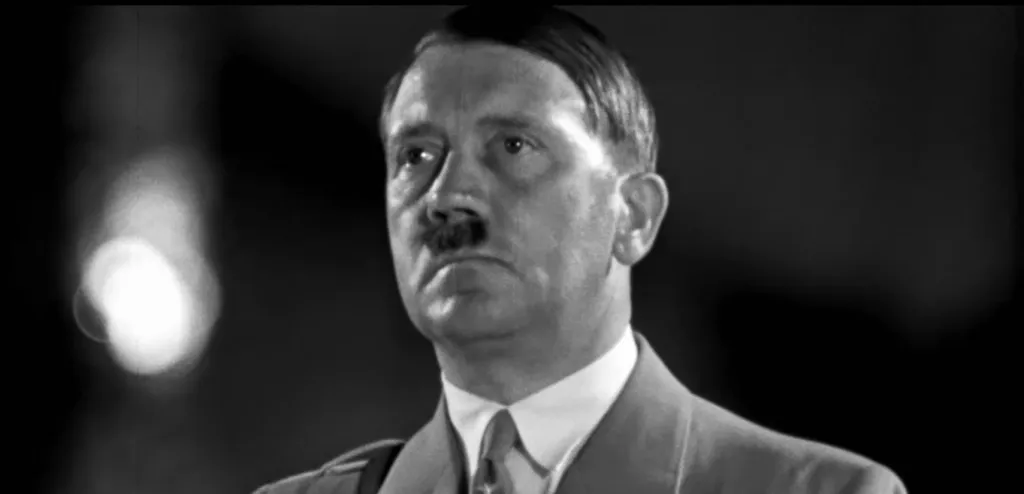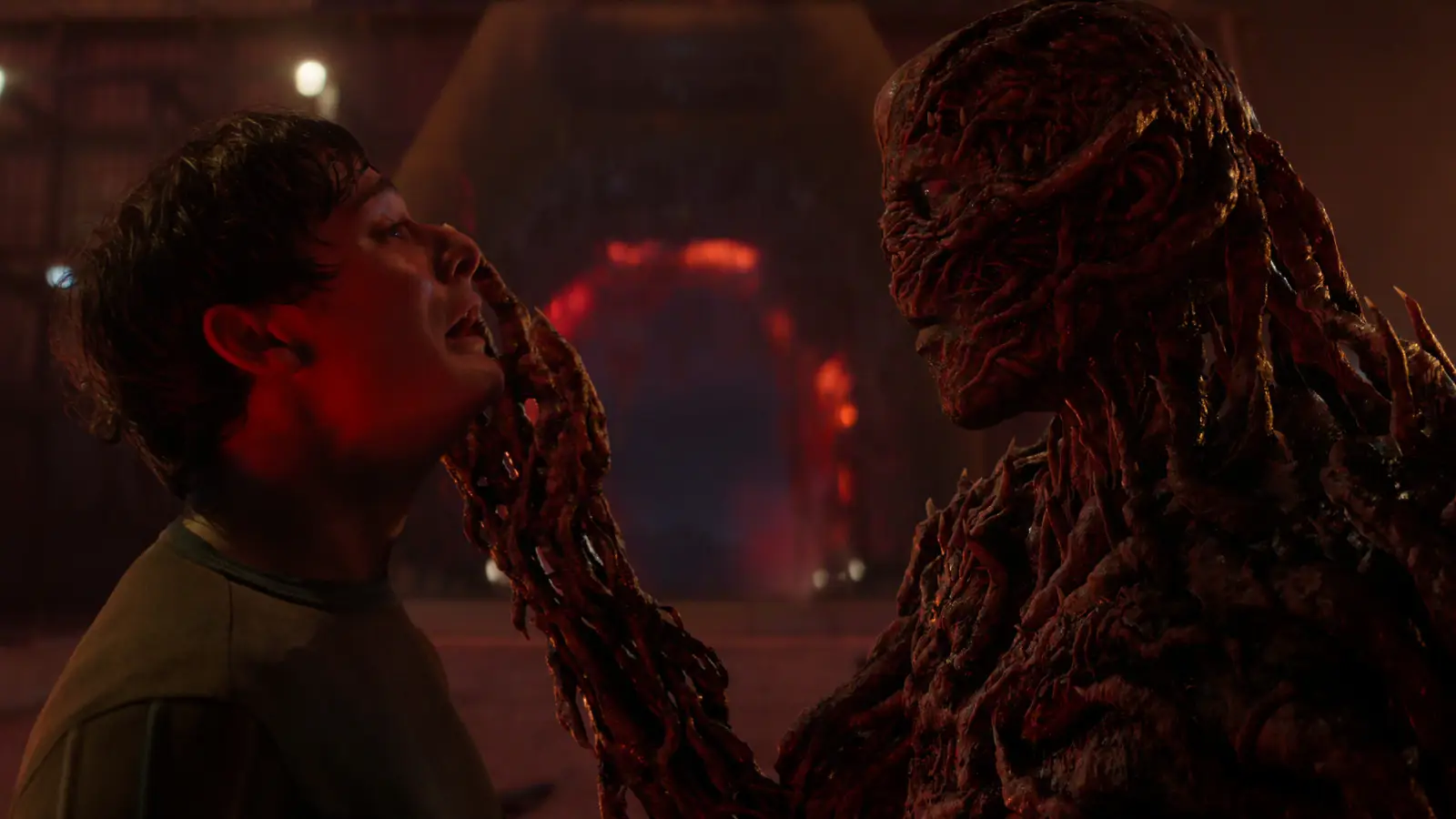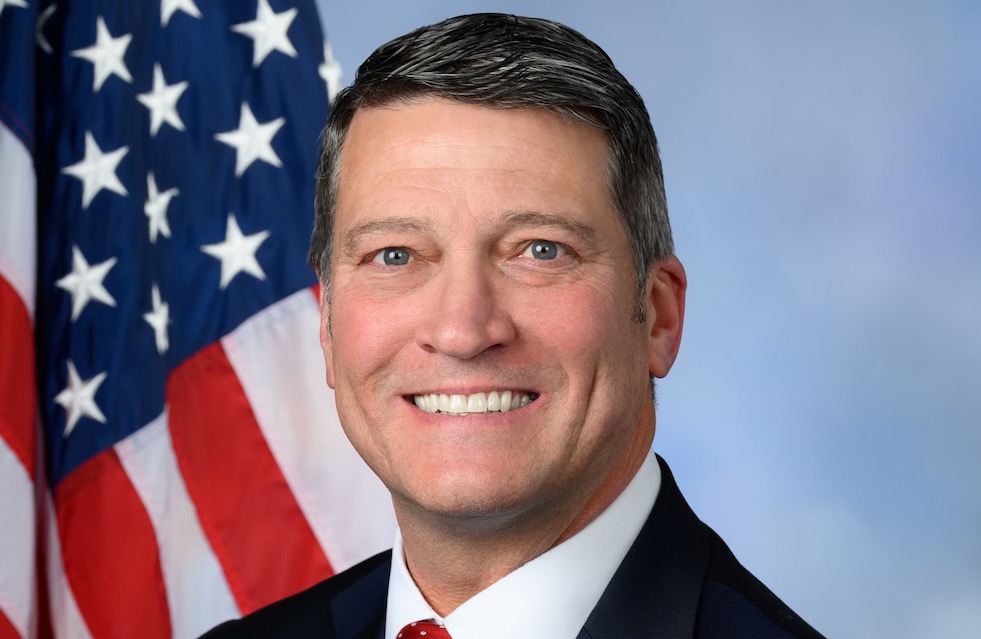Copyright Deadline

Hitler’s DNA: Blueprint of a Dictator premieres on Channel 4 in the UK on November 15 and will claim that its analysis of the dictator’s DNA “reveals a high likelihood that he suffered from a form of Kallmann Syndrome, which, in males, often results in low testosterone levels, undescended testicles and can result in a micro-penis.” The doc will also say its DNA analysis reveals a very high testing score for autism, schizophrenia, and bipolar, while debunking the notion that Hitler had Jewish ancestry. “Hitler was in the top 1% for autism, top 1% for schizophrenia and top 1% for bipolar: His score is at the highest end of the polygenic scores for each of these conditions,” the program-makers and Channel 4 said. They added: “While not diagnostic, the results indicate an increased genetic predisposition to each of these conditions.” Behind The Scenes Of A DNA Doc We brought you news of the documentary last month at which point the producers, Blink Films, teased that its project would have eye-opening findings. Safe to say they have delivered on that promise. “The science had to be the most rigorous it could be,” Lesley Davies tells Deadline. She has spent years developing and making the doc. “When we got the match, and when knew that it was actually Hitler’s blood, that’s when the real science had to start, because then you had to confirm, and reconfirm and reconfirm that match multiple times to make sure that all the disease profiling is based on really solid work.” Blink founder and series EP Dan Chambers explains the idea to do the DNA analysis came before the producers obtained the sample. They investigated various dead ends before obtaining a swatch of bloodstained fabric from a couch inside Hitler’s bunker that gave Blink the results it needed. The doc reveals the story of where the DNA sample came from, how it was obtained, and then how it was tested. It then gets into what the tests reveal about Hitler and how they can help our understanding of the Nazi dictator. Getting the backstory of how the sample was obtained and then establishing the science in the first episode were crucial to establishing credibility, says Chambers. “It made sense to show how hard won it was, but also we thought it’s a good narrative to actually show the process. We could have made an entire film just on that.” Where Science Meets History Noted experts including Professor Turi King, a geneticist with an expertise in ancient and forensic DNA, and Alex Kay, an expert on Nazi Germany at the University of Potsdam, are in the film offering their analysis. “We decided we needed the most respected, biggest-name geneticist in the world, and that’s obviously Turi King,” Chambers explains. “When she came on board, she immediately said ‘I need to know this has been done with total scientific rigor’, and we then went back to re-analyse everything up to a spec that she was happy with and where she could stand by it.” He continues: “And then we needed a historian who was willing to roll their sleeves up and go and research things and who would be someone that we wanted to follow, and that’s how we ended up with Alex Kay.” In the doc the experts duly offer up some punchy analysis. “Based on these results, particularly with the Kallmann syndrome, if [Hitler] had been able to look at his own DNA, without the knowledge of a geneticist, and as if it was somebody that he was making a decision about whether or not to send to the gas chambers, he almost certainly would have sent himself,” King says in the doc. Kay, meanwhile, posits: “No-one has ever really been able to explain why Hitler was so uncomfortable around women throughout his life, or why he probably never entered into intimate relations with women. But now we know that he had Kallmann syndrome, this could be the answer we’ve been looking for.” There are headline-grabbing findings and Chambers says he hopes this new approach will yield more shows and a appeal to a younger audience. “It is always lovely to bring another generation to Second World War history and it’s always great to be able to inspire people with a new approach and new revelations.” He adds there are other DNA projects in the works. “We’re doing this for another massive historical figure, but it’s still at the early stages,” he says.



